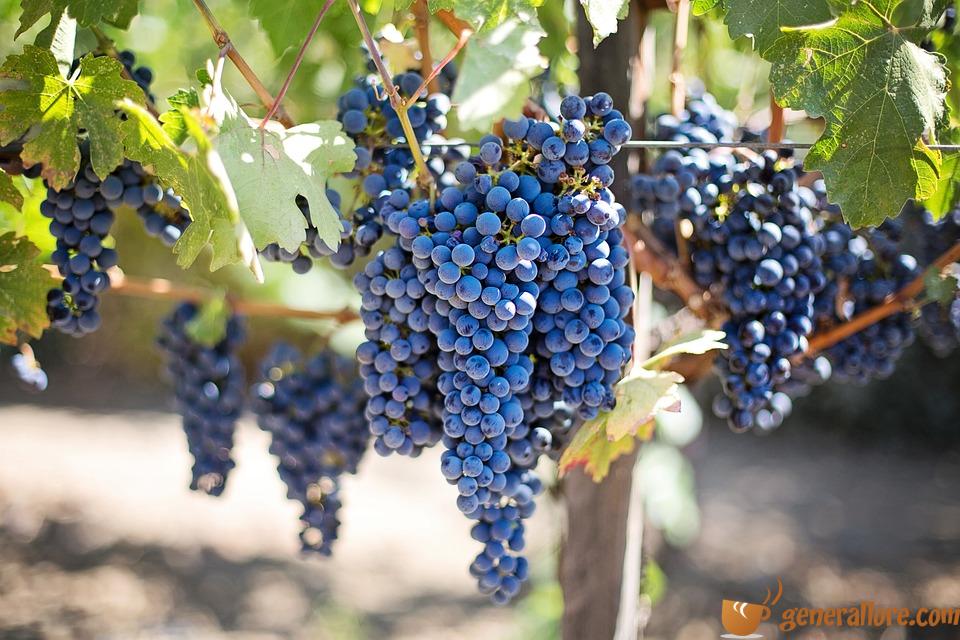Aquaponics: The Synergy of Fish Farming and Vegetable Cultivation
Aquaponics is a sustainable farming method that combines aquaculture (raising fish) and hydroponics (cultivating plants in water). This system allows for the production of both fish and vegetables in a symbiotic environment, where the waste produced by the fish becomes a nutrient source for the plants, and the plants help to purify the water for the fish. This creates a closed-loop system that requires less water and land than traditional farming methods while producing higher yields of both fish and vegetables.
The Basics of Aquaponics
In an aquaponics system, fish are raised in a tank, and the water from the tank is circulated through the plants’ growing beds. The plants absorb the nutrients from the fish waste, which helps to purify the water. The clean water is then recirculated back to the fish tank. This creates a sustainable and efficient system that requires minimal inputs and produces minimal waste.
Benefits of Aquaponics
– Conservation of water: Aquaponics uses only a fraction of the water needed for traditional soil-based farming.
– Efficient use of space: Aquaponics can be set up in a small area, making it ideal for urban or indoor farming.
– Sustainable: Aquaponics eliminates the need for chemical fertilizers and pesticides, making it an environmentally friendly farming method.
– Higher yields: Aquaponics produces both fish and vegetables simultaneously, increasing the overall yield of the system.
Getting Started with Aquaponics
Setting up an aquaponics system requires some basic knowledge of fish and plant care, as well as an understanding of the principles behind the system. Here are the basic steps to get started with aquaponics:
1. Choose the right fish
Selecting the right fish for your aquaponics system is crucial. Some popular choices include tilapia, trout, and catfish, as they thrive in the conditions created by the system.
2. Set up the growing beds
The plants in an aquaponics system are usually grown in growing beds filled with a growing medium such as gravel or clay pebbles. The plants’ roots are suspended in the nutrient-rich water, allowing them to thrive.
3. Monitor water quality
Maintaining the proper water quality is essential for the health of both the fish and the plants. Monitoring parameters such as pH, ammonia, and nitrate levels is crucial to the success of the system.
The Future of Aquaponics
As the demand for sustainable and efficient farming methods continues to grow, aquaponics is gaining popularity as a viable solution for producing food in a limited space. With the potential to revolutionize the way we produce food, aquaponics holds promise for the future of agriculture.
Conclusion
Aquaponics is a groundbreaking farming method that combines the best of aquaculture and hydroponics to create a sustainable and efficient system for producing fish and vegetables. With its potential to conserve water, minimize waste, and maximize yields, aquaponics offers a promising solution for the future of farming.
FAQs
1. Can any fish be used in an aquaponics system?
2. How often do I need to feed the fish in an aquaponics system?
3. What types of vegetables can be grown in an aquaponics system?
4. Is it possible to add additional nutrients to the water in an aquaponics system?
5. How much space do I need to set up an aquaponics system?
6. Can aquaponics be used for commercial-scale farming?
7. What are the maintenance requirements for an aquaponics system?
8. Can I use an aquaponics system to grow organic produce?
9. What are the energy requirements for running an aquaponics system?
10. Is aquaponics suitable for all climates?




